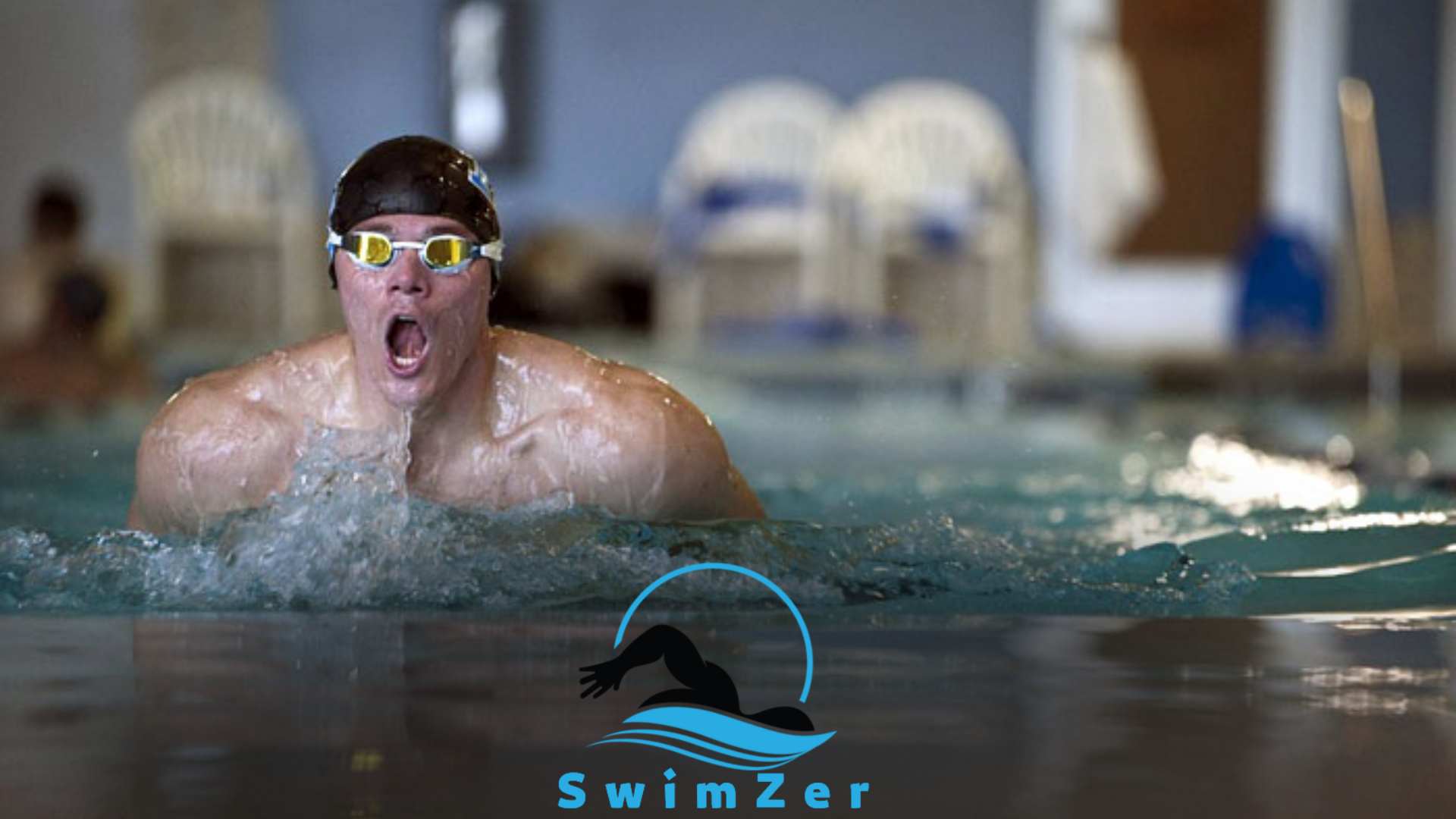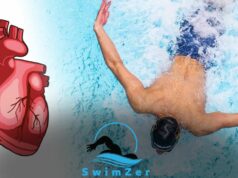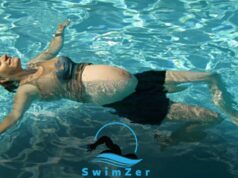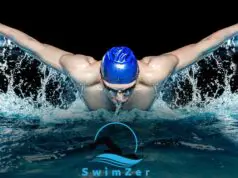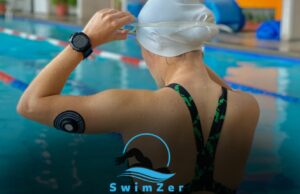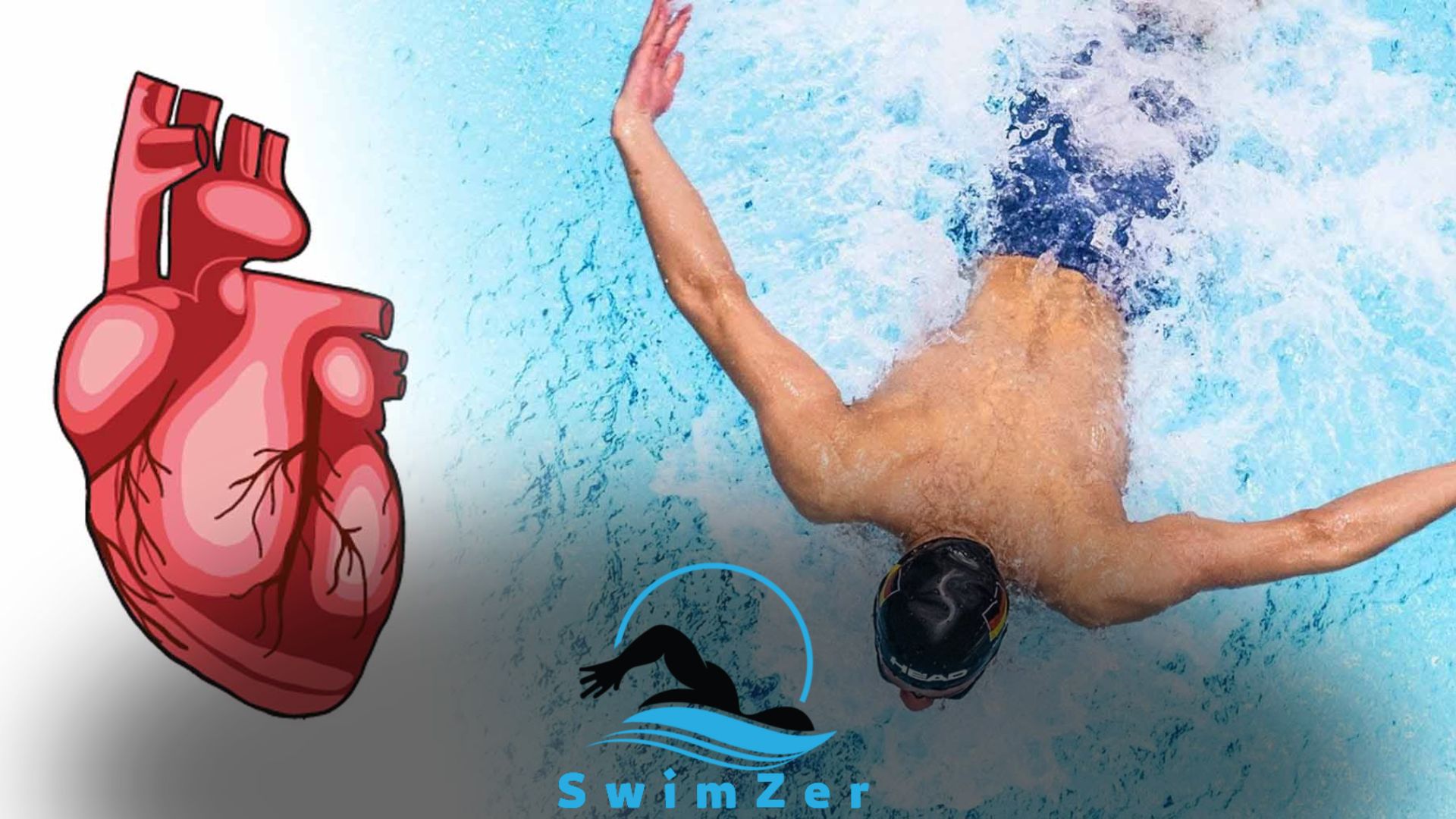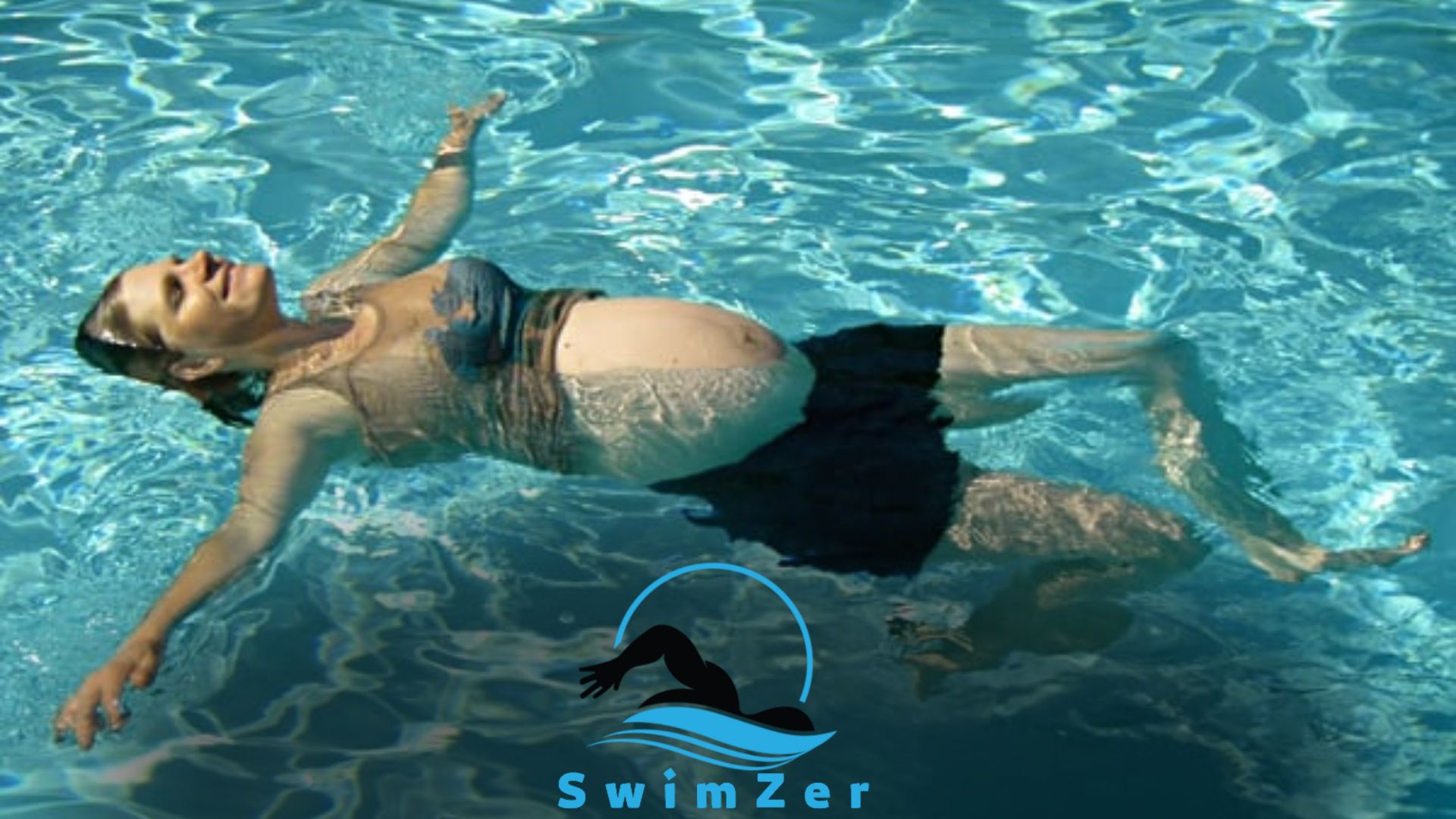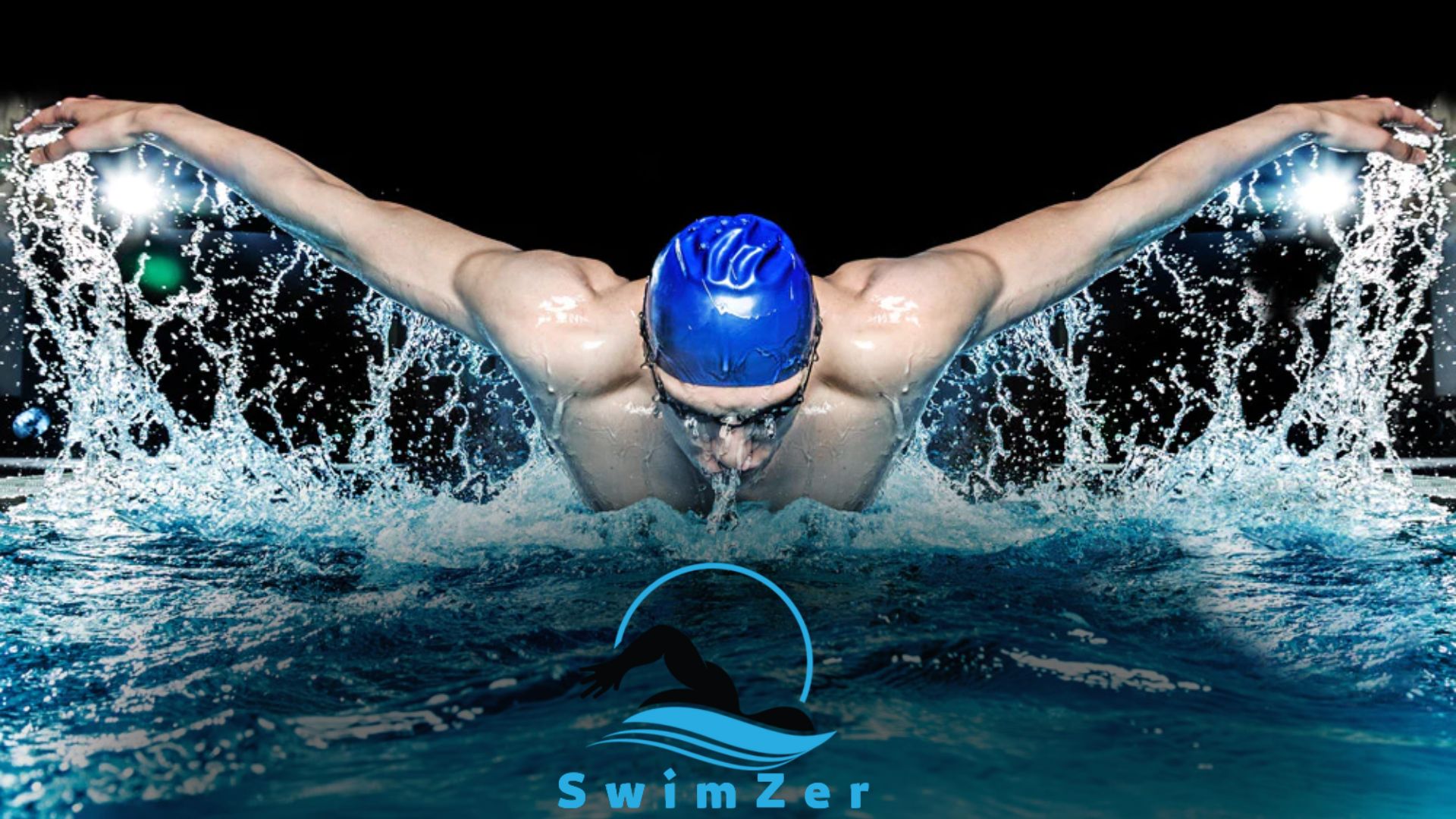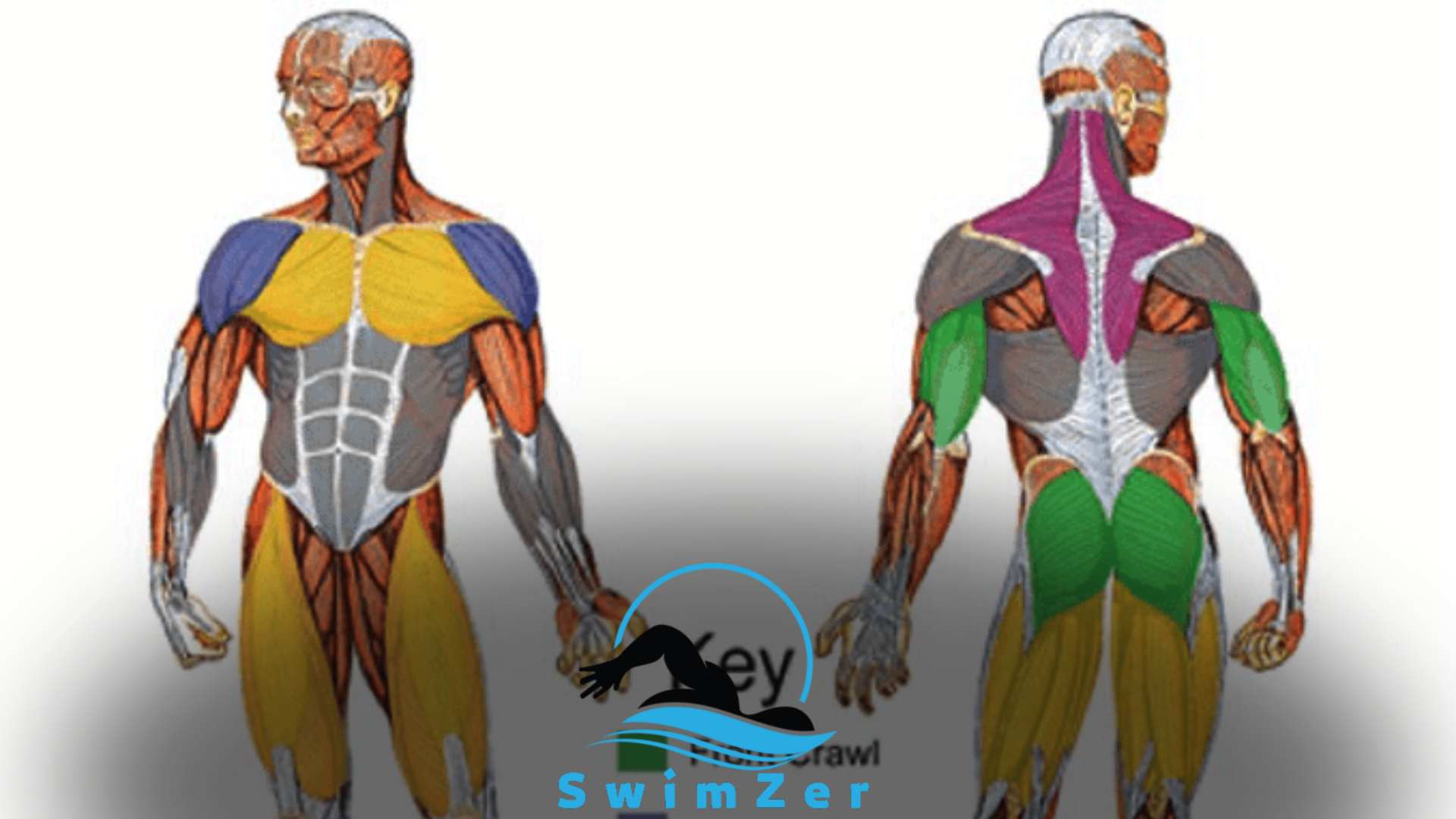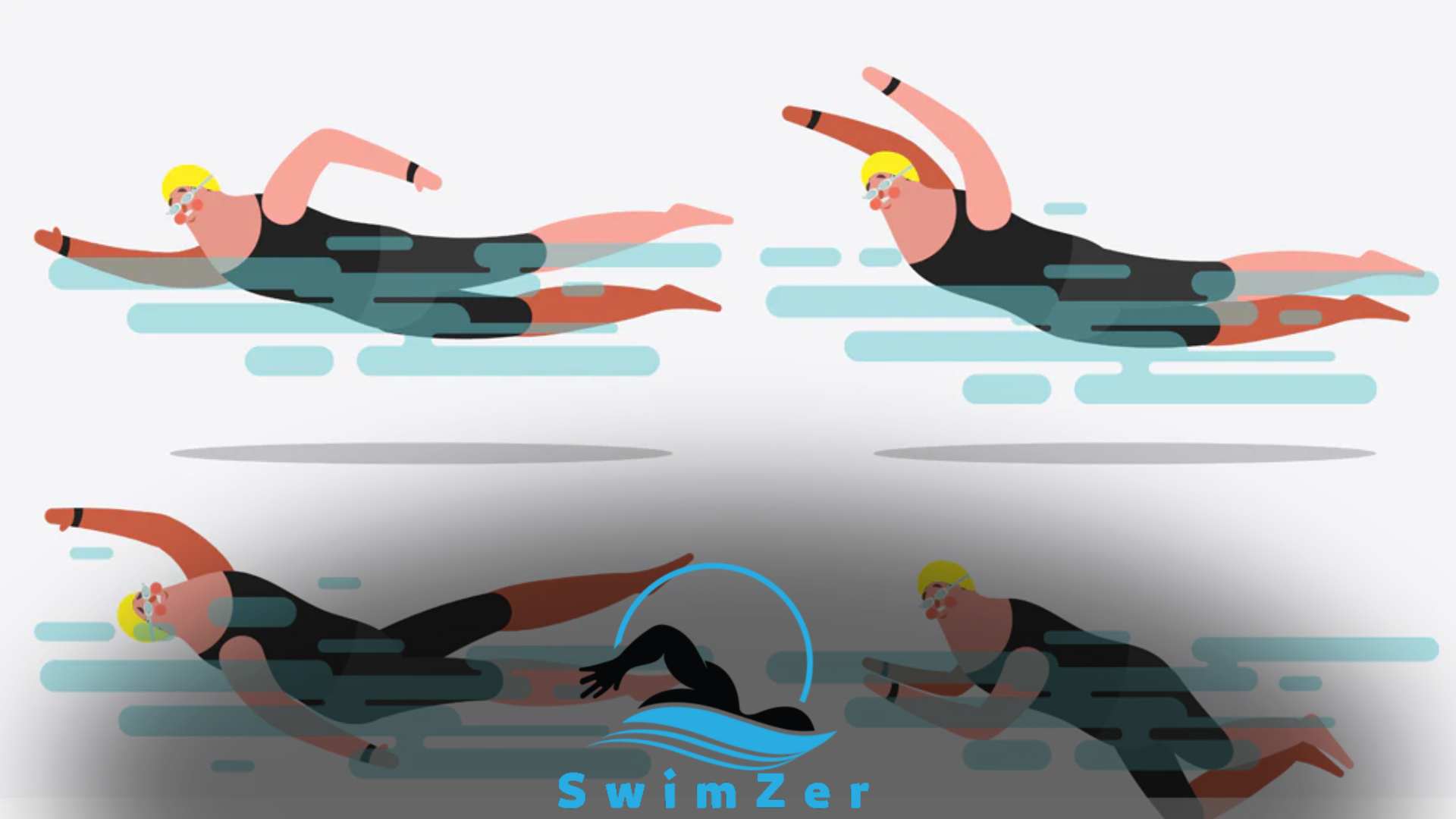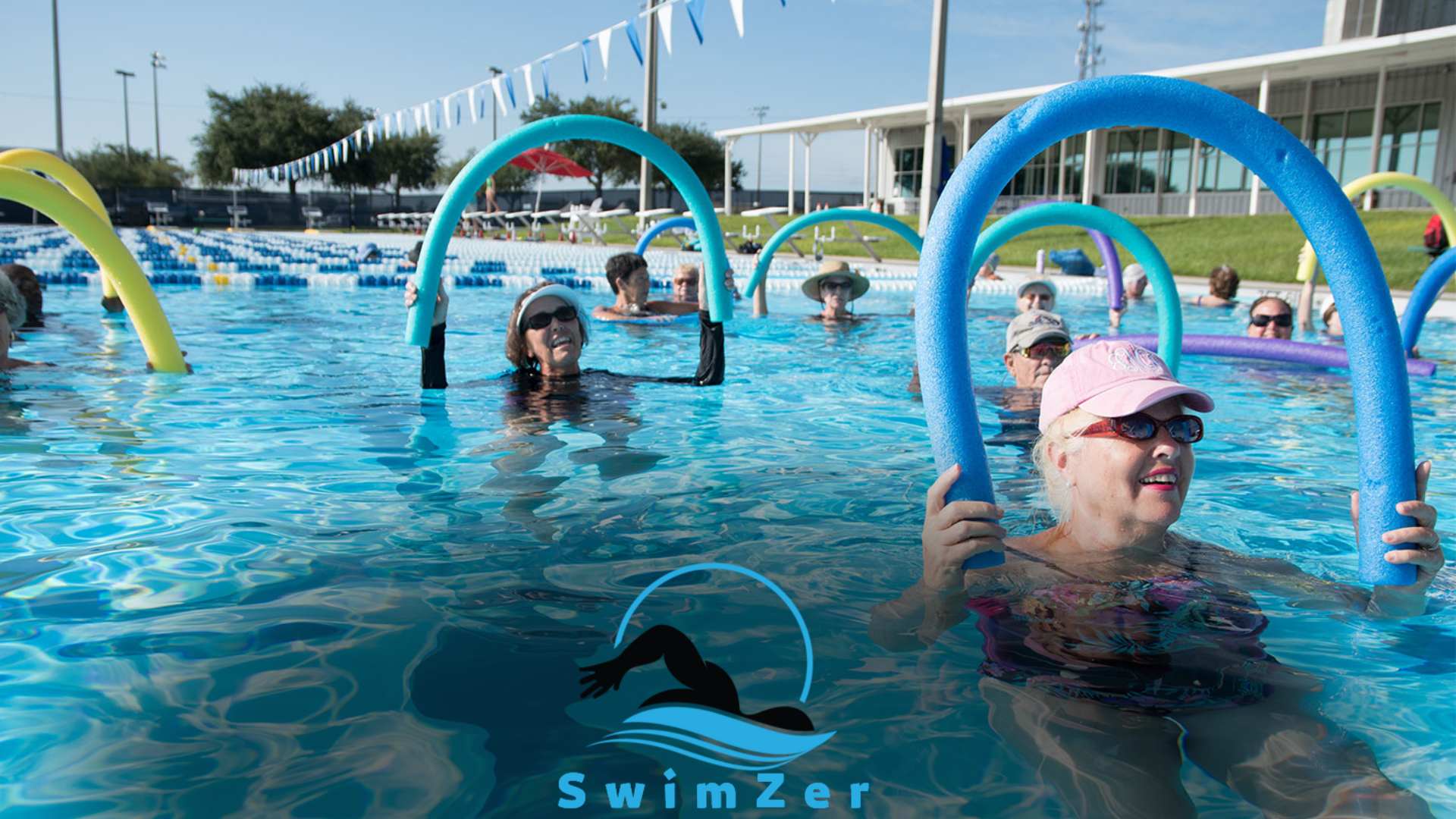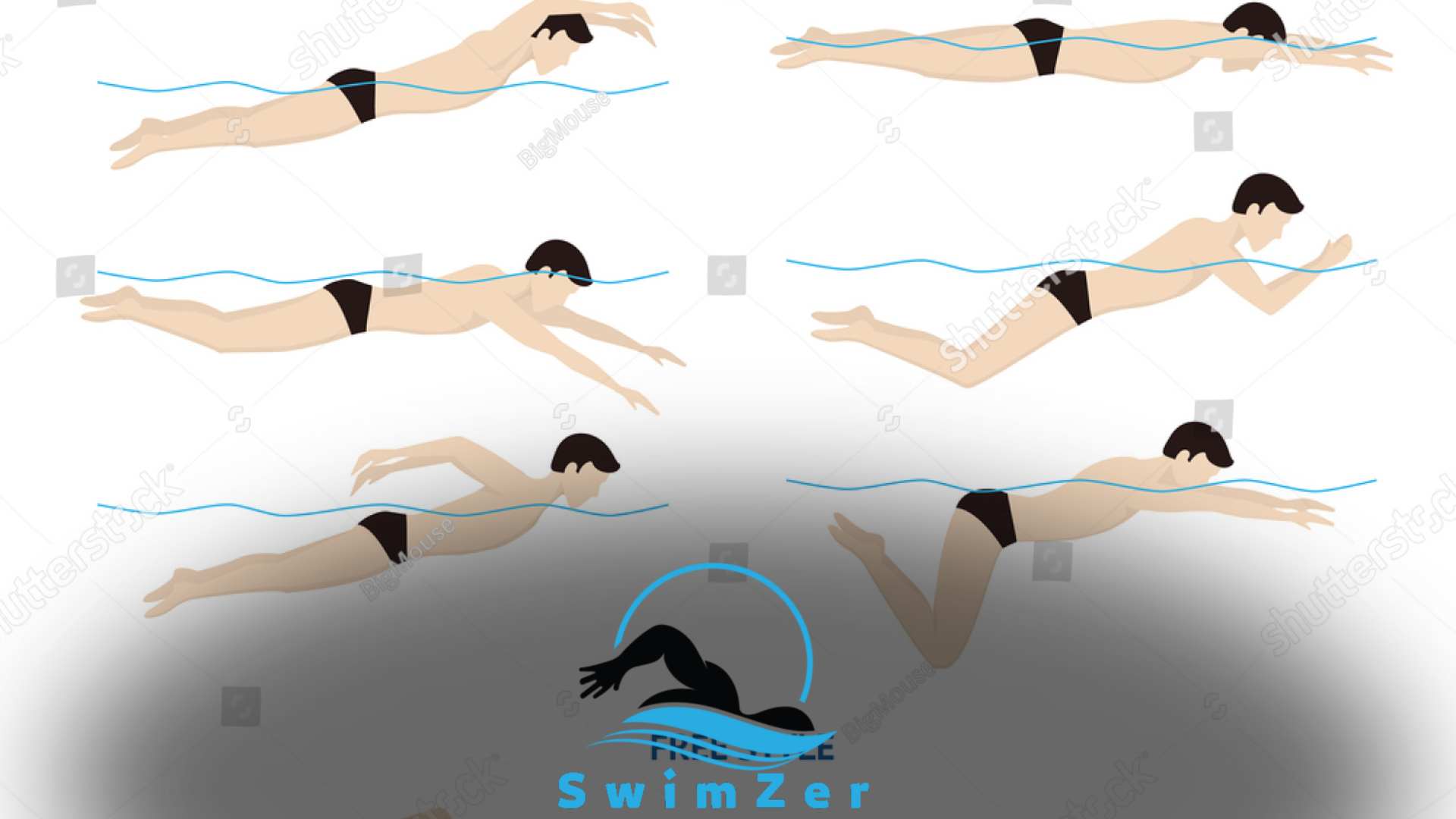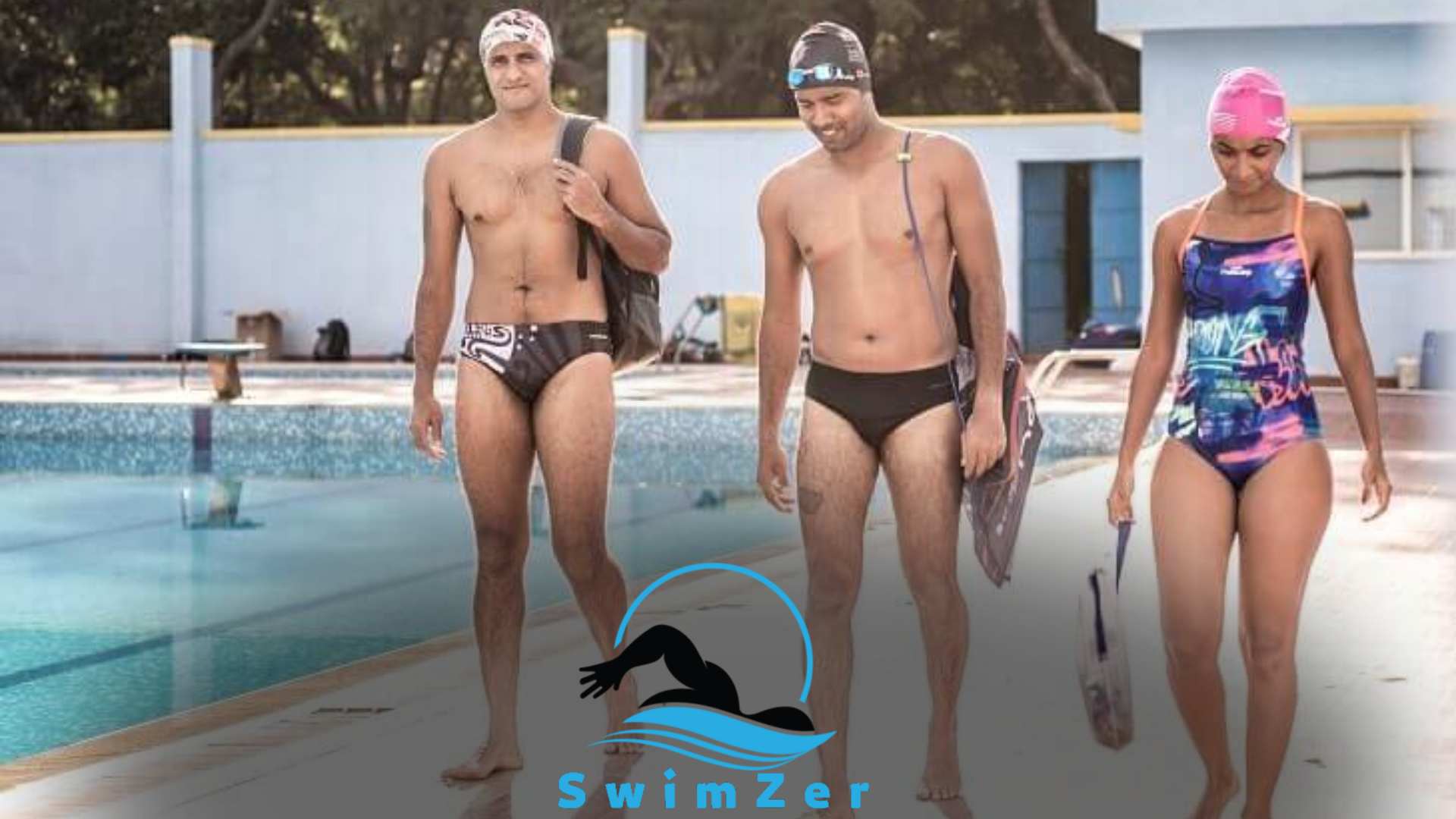Swimming physical fitness components include cardiovascular endurance, muscular strength, and flexibility. Swimming is a great way to improve overall fitness as it provides a full-body workout that enhances cardiovascular health, builds strength, and increases flexibility.
By engaging multiple muscle groups simultaneously, swimming helps develop endurance and strength. Water resistance also adds an extra challenge that strengthens muscles without putting excessive strain on joints.
Additionally, the low-impact nature of swimming makes it suitable for people of all ages and fitness levels.
Whether you are a beginner or an experienced athlete, swimming offers a variety of exercises and training techniques to enhance your physical fitness and achieve your fitness goals.
Understanding the Components of Swimming Physical Fitness
Swimming physical fitness involves various components that contribute to overall health and well-being. One of these components is cardiorespiratory endurance, which refers to the ability of the heart and lungs to deliver oxygen efficiently during exercise.
This helps to improve overall stamina and enhance overall cardiovascular health.
Another important component is muscular strength, which is the ability of the muscles to exert force. It is a key aspect of swimming, enabling swimmers to propel themselves through the water with power and efficiency.
Muscular endurance, on the other hand, relates to the ability of the muscles to sustain repeated contractions without fatigue.
This is essential for swimmers who must perform repetitive strokes for extended periods. Flexibility is also crucial in swimming, as it allows for a greater range of motion and reduces the risk of injury.
Lastly, body composition refers to lean muscle mass and body fat proportion.
Maintaining a healthy body composition is important for optimizing swimming performance.
By understanding and focusing on these components, swimmers can enhance their physical fitness and enjoy the many benefits that swimming offers.
To dive deeper into the specific benefits of different strokes, check out our article on the Benefits of the Breaststroke.
How Cardiorespiratory Endurance Impacts Swimming Fitness
Cardiorespiratory endurance is crucial in enhancing swimming fitness and overall physical capabilities. It refers to the ability of the heart, lungs, and circulatory system to efficiently deliver oxygenated blood to the working muscles during prolonged exercise.
Higher levels of cardiorespiratory endurance lead to improved stamina and reduced fatigue during swimming sessions.
This component of physical fitness is particularly essential for swimmers who engage in long-distance or endurance-based swimming events.
Increasing cardiorespiratory endurance involves a combination of aerobic exercises, such as jogging, cycling, and swimming for extended periods. Interval training and high-intensity workouts can also enhance this endurance level.
By regularly practicing these specific techniques, swimmers can boost their cardiovascular fitness and unlock their full potential in the water.
Ultimately, an efficient and strong cardiorespiratory system contributes to better swimming performance and overall physical well-being.
The Role of Muscular Strength in Enhancing Swimming Performance
Muscular strength is a crucial component in improving swimming performance. It involves the ability of the muscles to exert force against resistance.
By developing muscular strength, swimmers can enhance their power and speed in the water. This strength allows them to generate more force with each stroke, producing efficient propulsion through the water.
Increased muscular strength also helps to prevent muscle fatigue, allowing swimmers to maintain their technique and form over longer distances.
Various exercises can be incorporated into training routines to build muscular strength specific to swimming. These exercises target the major muscle groups used in swimming, such as the shoulders, back, arms, and legs.
By consistently working on muscular strength, swimmers can optimize their performance and achieve their full potential in the water.
Discover the myriad benefits of swimming and why it’s considered a top-tier exercise in our article, The Comprehensive Benefits of Swimming.
Enhancing Swimming Performance With Muscular Endurance
Swimming relies heavily on muscular endurance, which refers to the ability of muscles to sustain contractions over a prolonged period.
Developing muscular endurance is crucial for swimmers as it leads to improved stroke technique, increased power output, and enhanced overall performance in the water.
By training the muscles to endure fatigue, swimmers can swim longer distances without experiencing a decline in their stroke quality.
Various training methods, such as interval training, circuit training, and resistance exercises, can enhance muscular endurance.
These methods aim to strengthen specific muscle groups used during swimming, allowing swimmers to swim more efficiently and maintain their performance for longer.
Incorporating regular muscular endurance training into a swimmer’s routine can significantly improve speed, stamina, and overall physical fitness in the water.
The Significance of Flexibility for Swimming Fitness
Flexibility plays a crucial role in enhancing swimming fitness. It refers to the range of motion in joints. Flexibility in swimming allows for better stroke mechanics and reduces the risk of injuries.
Increased flexibility positively impacts overall performance, including stroke length, efficiency, and speed.
Stretching exercises specifically designed for swimmers help improve flexibility. Dynamic stretching before a swim session can enhance blood circulation, warm the muscles, and increase joint mobility.
Static stretching exercises after swimming help to elongate the muscles, improve flexibility, and prevent muscle tightness or soreness.
Regularly including flexibility exercises in a swimming fitness routine is essential for maintaining optimal performance and reducing the chances of swimming-related injuries.
Body Composition: The Key to Optimal Swimming Fitness
Body composition plays a crucial role in determining an individual’s ability to excel in swimming. It refers to the relative proportions of body muscle, fat, and bone.
A swimmer’s body composition directly affects their performance in the water, impacting their speed, agility, and overall efficiency in the pool.
Achieving the ideal body composition for swimming involves strategies focused on increasing lean muscle mass while decreasing excess body fat. This can be achieved through regular swim training, strength and conditioning exercises, and a balanced diet.
By optimizing their body composition, swimmers can enhance their physical fitness, boost their endurance, and maximize their swimming potential.
Are you curious about which swimming stroke burns the most calories? Our guide on Energy Consumption in Different Strokes.
Frequently Asked Questions
What Are the Key Physical Fitness Components for Swimming?
The key physical fitness components for swimming include strength, endurance, flexibility, and coordination.
How Does Swimming Improve Cardiovascular Health?
Swimming is a low-impact activity that improves cardiovascular health by increasing heart rate and improving circulation.
Can Swimming Help With Weight Loss?
Yes, swimming is a great exercise for weight loss as it burns calories and increases metabolism.
What Are the Benefits of Swimming for Overall Fitness?
Swimming provides a full-body workout, improves muscle tone, increases flexibility, and enhances overall fitness.
Is Swimming a Suitable Exercise for All Ages?
Yes, swimming is a suitable exercise for all ages, from children to older adults, as it is gentle on the joints and reduces the risk of injuries.
Conclusion
Overall, swimming is an excellent exercise encompassing a range of physical fitness components. It provides a full-body workout, targeting various muscle groups and improving cardiovascular health.
With its low-impact nature, swimming is suitable for people of all ages and fitness levels, making it an inclusive option for staying physically fit.
Additionally, the buoyancy of water allows for greater flexibility and reduced strain on joints, making it an ideal choice for individuals with joint issues or injuries.
Regular swimming can enhance respiratory function, increase muscular strength, improve endurance, and promote weight loss.
It also has mental health benefits, providing relaxation and stress relief. Whether you’re looking to boost your overall fitness, recover from an injury, or enjoy a fun activity, swimming is a versatile option that can improve multiple aspects of your physical well-being.

